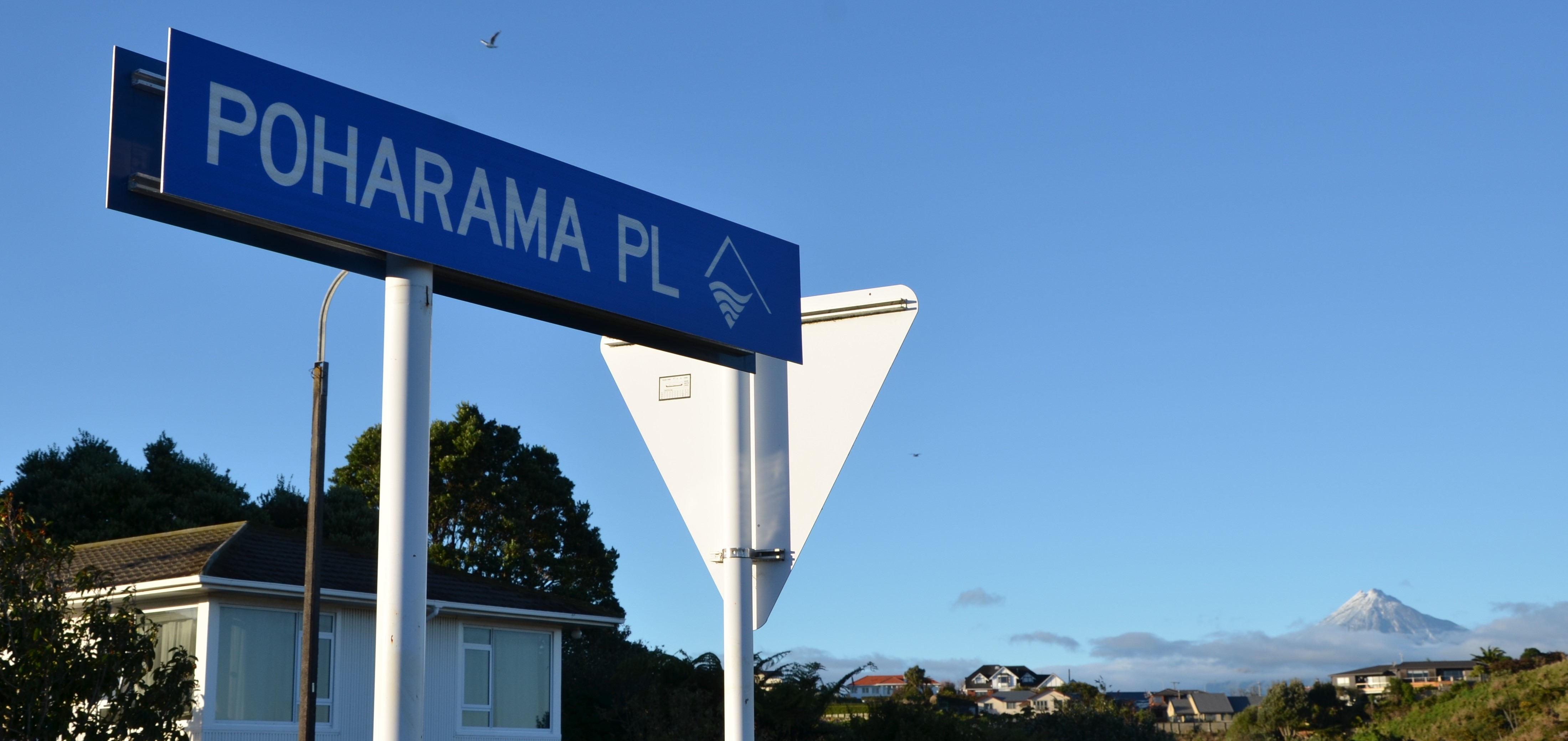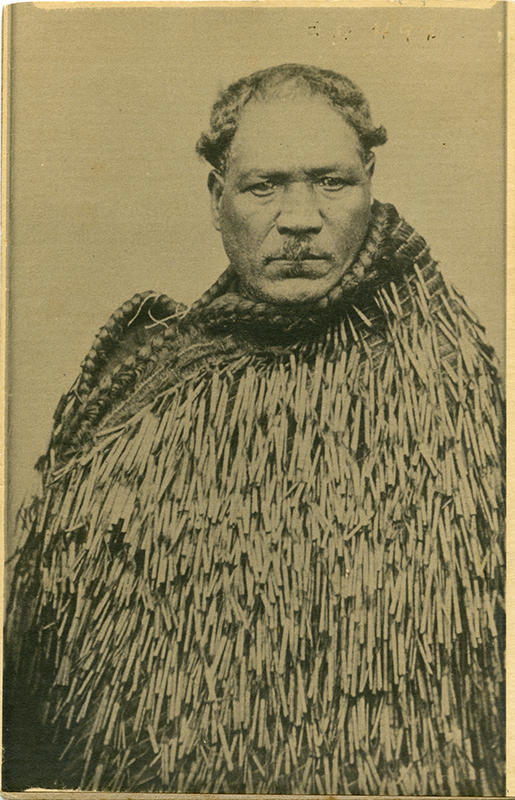



Poharama Te Whiti was a chief of Ngāmotu from the Ngāti Te Whiti hapū. He was involved in the defence of Ōtaka pā, also known as Ngā Motu pā, against Waikato in 1832.
After the arrival of the settlers in the early 1840s, he seemed to develop a good relationship with them, but was not afraid to voice a strong opinion. In his obituary in the Taranaki Herald in 1875 he was described as "a staunch and faithful friend of the Europeans during the troubled times".
In 1847 Poharama led resistance to the sale of any more land when negotiations between Te Ātiawa and Governor Grey for the sale of land, outside the controversial Fitzroy block, broke down. This annoyed Grey, who strongly criticised Poharama for his refusal to give support.
Later, local Māori caused great anxiety among the Pākehā settlers when they brought their firearms into Kawau pā, which was situated well inside the settlement area of the New Plymouth township. It was Poharama who liaised between Māori and the sergeant of the Armed Police to ensure there was no trouble.
Puke Ariki houses several taonga that were once associated with Poharama. Among these is a small carved figurine made from whalebone and a huru-huru kuri korowai (dog skin cloak).
It was reported in the Taranaki Herald that Poharama died on Monday 18 October 1875, at Moturoa. The inscription on his grave at Ngāmotu reads "A loyal friend to the Pioneers", but records his death as occurring in 1878.
In the foyer entrance of the New Plymouth District Council Civic Centre there is a representation of Poharama on the top of a carved panel which sits over a meeting room door.
This story was originally published in the Taranaki Daily News.
Please do not reproduce these images without permission from Puke Ariki.
Contact us for more information or you can order images online here.